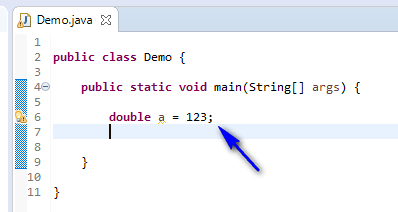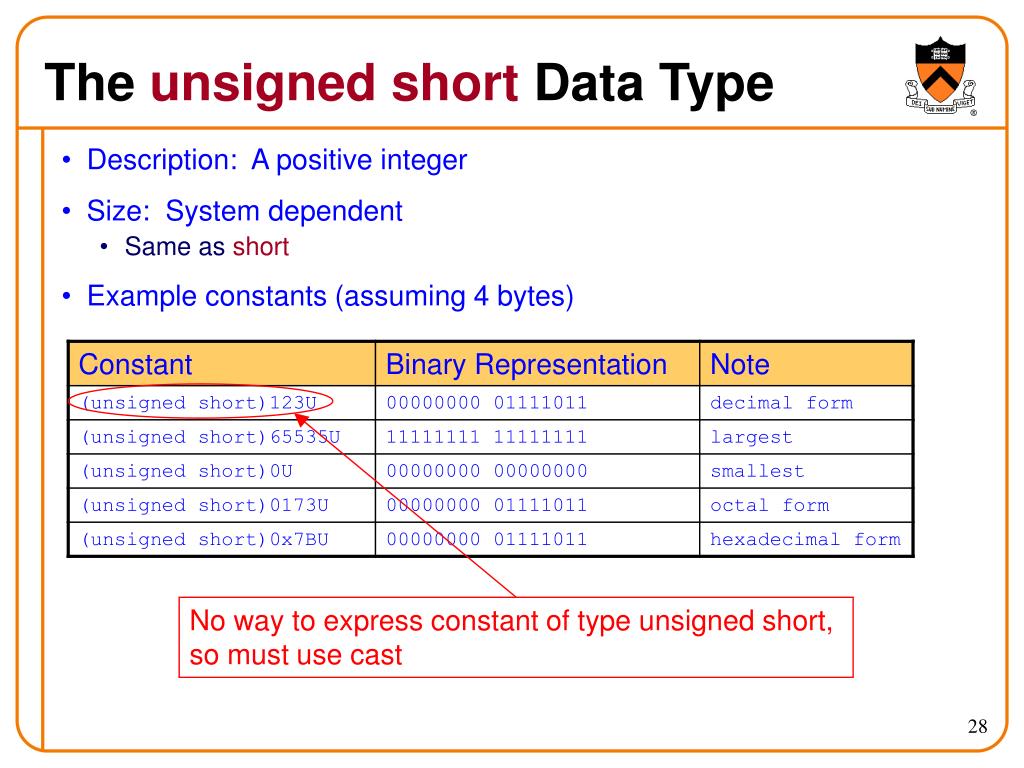

For a beginning programmer, it is more important to understand the general attributes of the integer data type that apply to most programming languages. These variations of the integer data type are an annoyance for a beginning programmer. This effect is known as being machine dependent. The integer data type has similar attributes and acts or behaves similarly in all programming languages that support it. Third, integer processing is significantly faster within the CPU than is floating point processing. Second, the integer data type is often used to control program flow by counting, thus the need for a data type that jumps from one value to another. A dog, even with only 3 legs, is still one (1) dog not ¾ of a dog. First, some things in the real world are not fractional. It could be asked why not make all your numbers floating point which allow for fractional parts. The integer values jump from one value to another. The integer data type basically represents whole numbers (no fractional parts). The size of the grouping varies so the set of integer sizes available varies between different types of computers and different programming languages. Integers are commonly represented in a computer as a group of binary digits (bits).

Integral data types may be of different sizes and may or may not be allowed to contain negative values. In the next chapters, we’ll concentrate on primitive values and once we’re familiar with them, we’ll move on to objects.An integer data type represents some range of mathematical integers. For null returns "object" – this is an error in the language, it’s not actually an object.Returns a string with the name of the type, like "string".Usually used as typeof x, but typeof(x) is also possible.The typeof operator allows us to see which type is stored in a variable. object for more complex data structures.undefined for unassigned values – a standalone type that has a single value undefined.null for unknown values – a standalone type that has a single value null.A string may have zero or more characters, there’s no separate single-character type. bigint for integer numbers of arbitrary length.number for numbers of any kind: integer or floating-point, integers are limited by ±(2 53-1).There are 8 basic data types in JavaScript. Some people prefer typeof(x), although the typeof x syntax is much more common. Syntactically, they allow to avoid a space between the typeof operator and its argument, and some people like it. Usually, such parentheses contain a mathematical expression, such as (2 + 2), but here they contain only one argument (x). It’s the kind of parentheses used for mathematical grouping. The parentheses here aren’t a part of typeof. To put it clear: typeof is an operator, not a function. You may also come across another syntax: typeof(x). Technically, such behavior isn’t correct, but can be convenient in practice. That also comes from the early days of JavaScript. But typeof treats them differently, returning "function". We’ll study functions in the next chapters where we’ll also see that there’s no special “function” type in JavaScript. The result of typeof alert is "function", because alert is a function.It is a special value with a separate type of its own. That’s an officially recognized error in typeof, coming from very early days of JavaScript and kept for compatibility.


The result of typeof null is "object".Here, it serves just as an example of an object. Math is a built-in object that provides mathematical operations.The last three lines may need additional explanation: It’s useful when we want to process values of different types differently or just want to do a quick check.Ī call to typeof x returns a string with the type name: The typeof operator returns the type of the argument. We have to mention it here for the sake of completeness, but also postpone the details till we know objects. The symbol type is used to create unique identifiers for objects. We’ll deal with them later in the chapter Objects, after we learn more about primitives. In contrast, objects are used to store collections of data and more complex entities.īeing that important, objects deserve a special treatment. Objects and SymbolsĪll other types are called “primitive” because their values can contain only a single thing (be it a string or a number or whatever). Normally, one uses null to assign an “empty” or “unknown” value to a variable, while undefined is reserved as a default initial value for unassigned things.


 0 kommentar(er)
0 kommentar(er)
